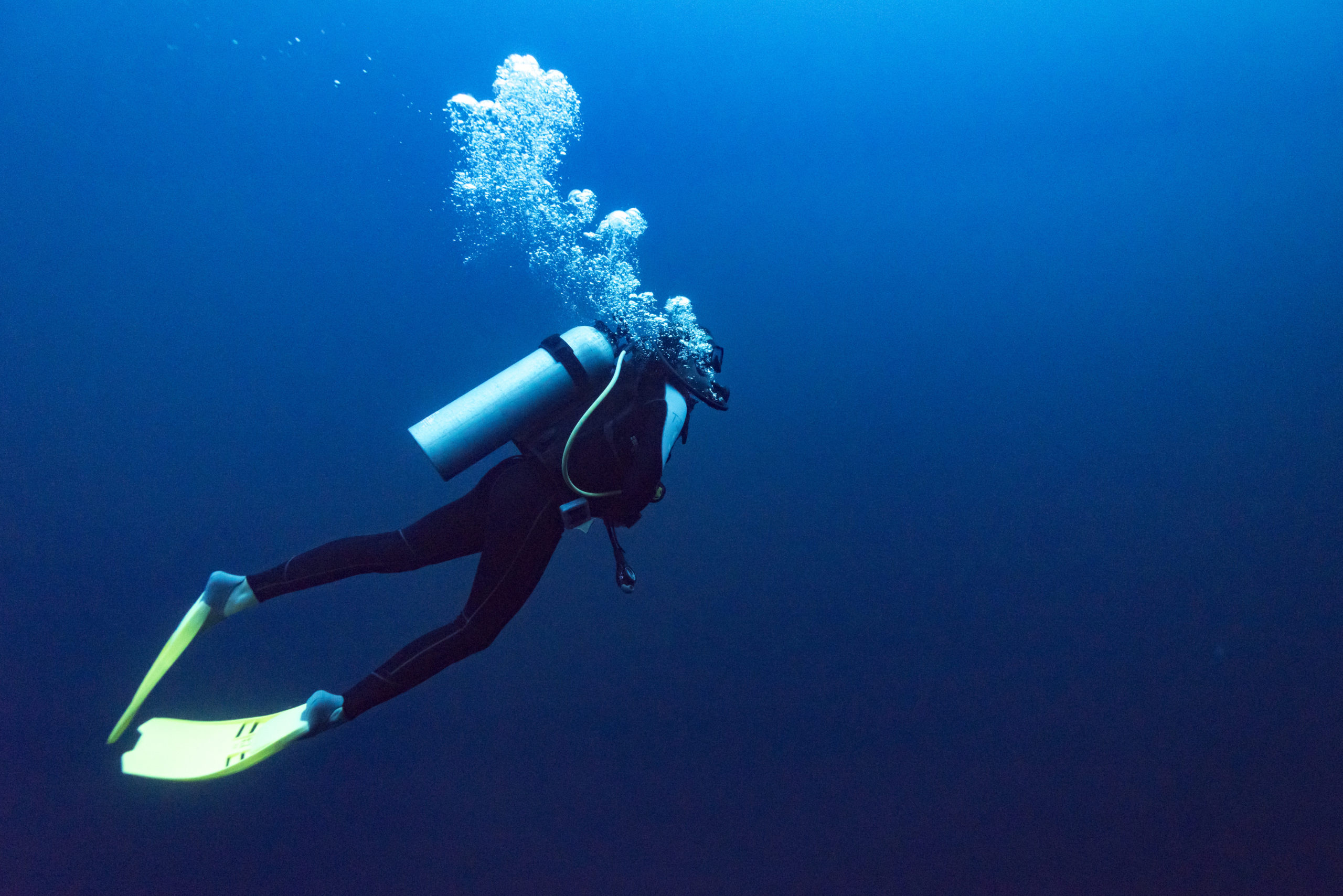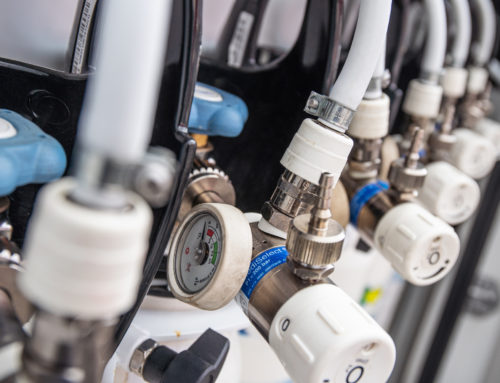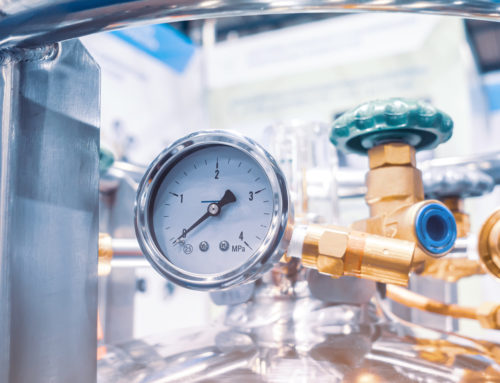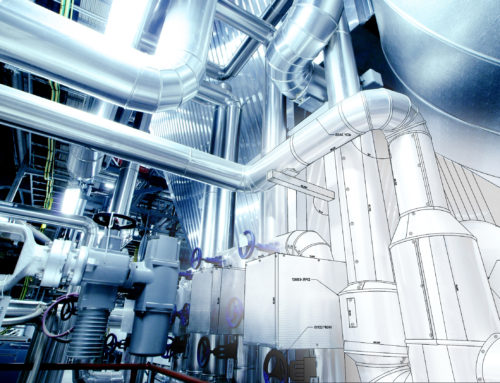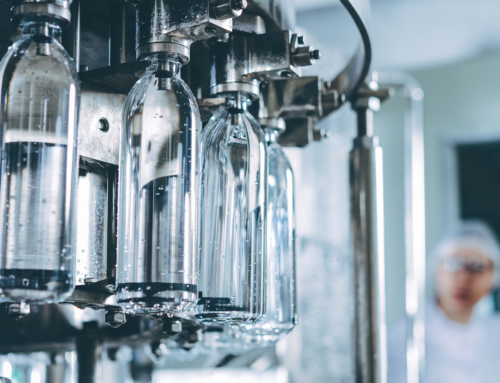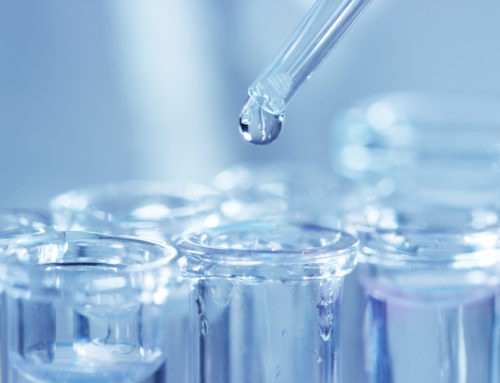When it comes to scuba diving, safety is paramount. PADI, (Professional Association of Diving Instructors) dedicates its organization to providing scuba diving safety and knowledge for millions of divers worldwide, whether their purpose is for work or leisure. PADI ensures their safety by providing diver certification courses and requiring that all PADI Dive Centers and Resorts perform compressed air testing quarterly following CGA Grade E air specifications.
As a PADI preferred provider, Trace Analytics helps protect divers by performing thorough and precise analyses. Regular testing ensures that a dive shop or fill station’s compressed air system is providing the highest quality breathing air.
Preventing Incidents Underwater Using Clean Breathing Air
Dive shop owners can meet divers’ needs and put safety first by testing their compressed air quarterly. “Dive shop owners are responsible for their divers’ safety. They need to know what’s in their breathing air,” says Erin Zimmerman from Trace Analytics. Divers must also take their own preventative measures by ensuring that the dive shop they get their refills from tests their compressed air quarterly.
Only as a last resort should divers rely on a pre-dive gas check or use smell tests prior to diving. Quick air quality check methods cannot replace regular compressed air testing with an accredited laboratory, as air analyzers are unable to test for all contaminants that can put divers at risk.
What’s in Your Breathing Air?
A variety of contaminants can exist within a compressed air system that affect the quality of your breathing air. Some sources of contamination include cleaning agents, compressor oils, system leaks, inadequate filtration, and environmental variables.
Contaminants can also be introduced into a compressed air system after it has undergone maintenance, or if the system’s location has been changed. Regular testing should be conducted in order to check for contaminants, as well as before and after the installation of new air purification filters.
Proper compressed air testing checks for CO, CO2, TVHC, particles, and water vapor. All of the following contaminants present underwater dangers:
- Carbon Monoxide (CO)– Headache, dizziness, weakness, nausea, vomiting, shortness of breath, impaired judgment, confusion, unconsciousness
- Carbon Dioxide (CO2)– Hyperventilation, dizziness, confusion, unconsciousness
- Volatile Hydrocarbons– Fatigue, headache, confusion, impaired judgment, numbness, cardiac arrhythmias, loss of consciousness
- Oil (Condensed)– Headache, nausea, impaired respiratory function
- Dust (Particles)– Impaired respiratory function
- Water Vapor– Nausea, vomiting, unconsciousness, progressive paralysis
It is important to note that Carbon Monoxide has no taste or smell, enabling it to go unnoticed and thus endangering divers.
Additionally, excessive moisture found in compressed air can cause problems such as:
- Malfunction of regulators
- Corrosion and oxidation of scuba tanks
- Compressor filtration degradation
Compressed Air Testing with a PADI Preferred Partner
Trace Analytics’ accreditations, high-quality service, state-of-the-art equipment, and long-standing commitment to promoting diver safety has led us to be selected by PADI Americas in 1995 to offer the AirCheck✓™ Kit to all PADI members. The AirCheck Kit is an easy and inexpensive way to test compressed breathing air. Whether you’re testing to CSA Z180, CGA Grade E, D, or OSHA, Trace Analytics can test to your specification.
As a PADI preferred partner, Trace Analytics has had the honor to stand behind an organization committed to diver safety, while serving divers and dive shop owners with their custom compressed air testing needs. Together, we can ensure safe and high-quality diving experiences for everyone.
References:
“About PADI.” PADI, PADI Travel, 2018, www.padi.com/about/who-we-are.
Breathing Gas Contamination, DAN, 2018, www.diversalertnetwork.org/health/PSA-GasContamination/index.html.
“Powerful PADI Benefits.” PADI, PADI Travel, 2018, www.padi.com/padi-dive-centers/benefits.
“Worldwide Corporate Statistics 2017.” PADI.com, PADI, 2018, www.padi.com/sites/default/files/documents/2017%20PADI%20WW%20Statistics.pdf.

